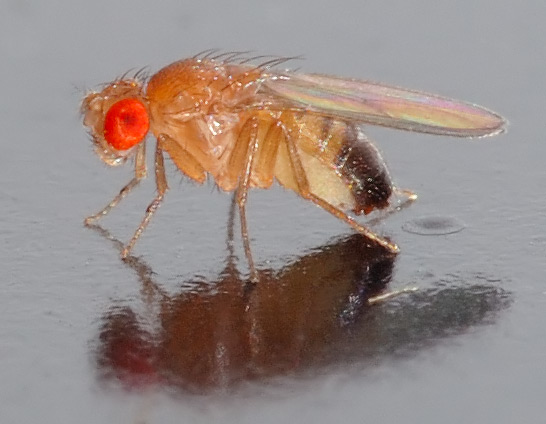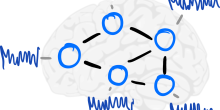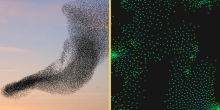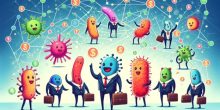You probably didn’t hear about it, but a little while ago, an amazing advance happened in neuroscience: In 2015, for the first time, scientists were able to make a real-time video of the neural activity of a living creature (a fruit fly larva).
This article from the Guardian gives the full story and comes with a beautiful video. The video clearly shows how waves of activity pass through the neuronal network of the little larva. This kind of phenomenon has been observed in many neural networks already. One of the big questions is the field of neuroscience is to figure out what causes these waves, and why they are so common.
- By André Karwath aka Aka - Own work, CC BY-SA 2.5, https://commons.wikimedia.org/w/index.php?curid=227170






